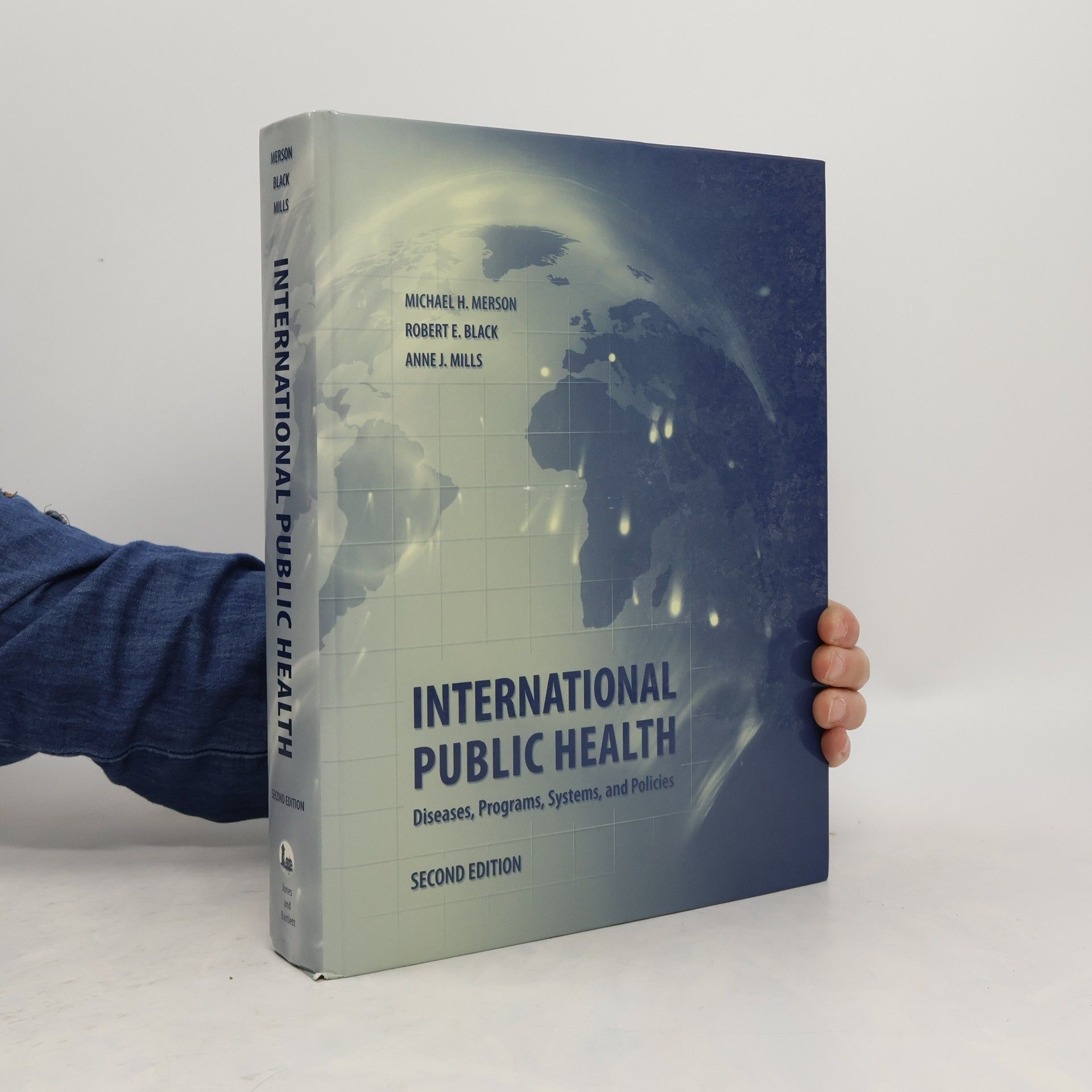Robert E. Black Livres



Complementary feeding: building the foundations for a healthy life
- 204pages
- 8 heures de lecture
The complementary feeding period from 6 to 24 months is a crucial part of the first 1000 days of development. It marks the transition from exclusively milk-based liquid diet to the family diet and self-feeding. During this period, healthy food preferences and feeding practices are formed. The papers in this book were presented at the 87th Nestlé Nutrition Institute Workshop in Singapore, May 2016. Divided into three parts, they provide updates and recommendations, as well as insights into strategies and interventions, from all around the world. The first part addresses the role of complementary feeding in healthy development, focusing on food types and the timing of solid food introduction. The second part examines determinants of growth restriction and discusses effective interventions in infants and children in low- and middle-income countries. The last part focuses on development and 'programming' of behavioral and psychological aspects to prevent childhood obesity in high socioeconomic settings.
International nutrition: achieving millennium goals and beyond
- 165pages
- 6 heures de lecture
The UN Millennium Development Goals (MDG) in nutrition are at the core of this book, with special attention to young women and their children. The first part is dedicated to the overall analysis of the world nutrition situation as related to achieving the MDG. The chapters cover the global distribution of malnutrition and micronutrient deficiencies in young women and infants, and the disease burden related to it. The second part reviews the measures taken to achieve the MDG and the potential contributions of nutrition-specific and disease control interventions (particularly with regard to reducing child and maternal mortality), as well as the possible role of sectors other than health. The last part looks into the future, scrutinizing the causes and consequences of non-communicable disease in both the developing and developed world, as well as reviewing the latest scientific evidence for underlying mechanisms and discussing the implications for public health and policy makers.